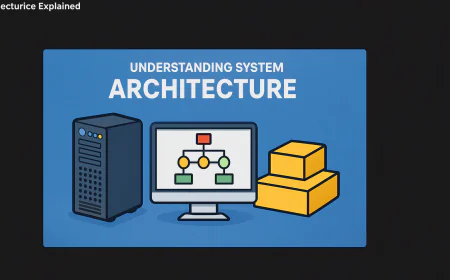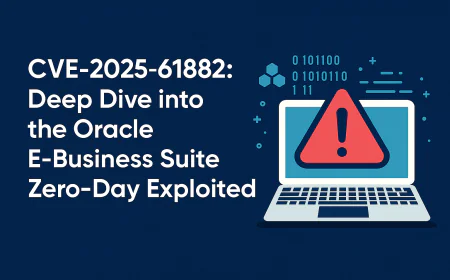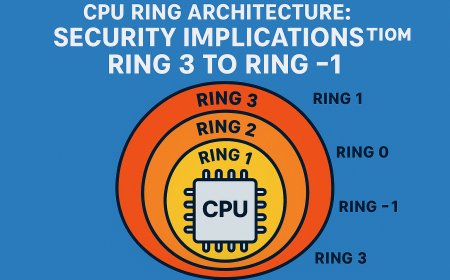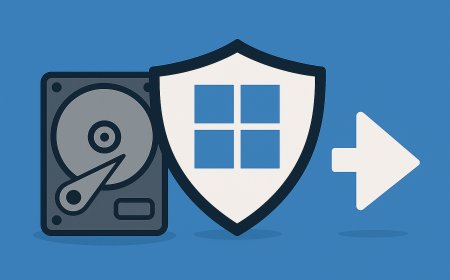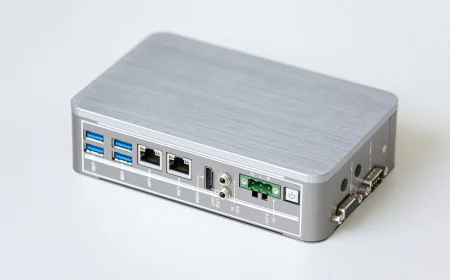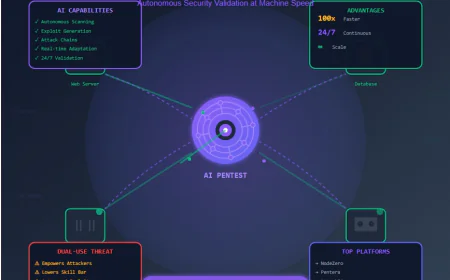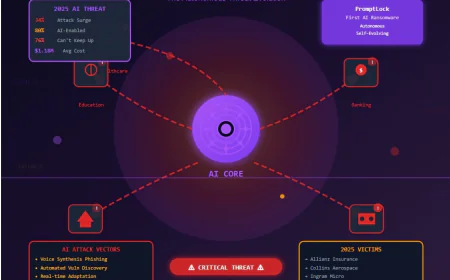NIST Cyber Security Framework
The NIST Cybersecurity Framework (CSF) is a set of best practices, standards, and guidelines designed to help organizations manage and reduce cybersecurity risks.

NIST Cyber security Framework is a set of guidlines developed by National Institute of Standards and Technology (NIST) to help organization manage and reduce their cyber security risks.
NIST updated version in NIST CSF 2.0 . It was updated in febuary. This framework is designed to be adopted for any orgnization , regardless of its sector , size or cybersecurity maturity.
Components of NIST Cyber security framework
- Framework Core : A set of cybersecurity activities and desired outcome , organized into functions , categories and subcategories . This core is non-prescriptive guide for managing and reducing risk.
- Implementation Tiers : These describe how an organization views and manages cyber security risk form Tire 1(partial) to Tire 4 (adaptive). They provide a way to assess the rigor and sophistication of a cyber security program.
- Profiles : A profile is an organization's specific alignment of its business requirement , risk toleranse , resources against the core function. It allows an organization to create a "Current profile" to describe its existing state and a "Target profile" to outline its desired future state.
Six Core Functions of NIST CSF
Govern (GV) : This function sets the foundation for an organization's cybersecurity and decision-making . It ensures that cyber security activities are aligned with business objectives , risk tolerance and regulatory requirements.
- Example : Establishing a formal risk management strategy , defining cybersecurity roles and responsibilities and overseeing supply responsibility and overseeing supply chain risk management.
Protect (PR) : To implement appropriate safeguards to ensure the delivery of critical service and protect the confidentiality , integrity and availability of the information.
- Example : Training and awareness programs access control, data security and protecting technology.
Detect (DE) : To develop and implement actions for handling a detected cybersecurity incident.
- Example : Continuous Monitoring , anomaly detection and implementing detection processes.
Respond (RS) : To develop and implement actions for handling a detecte cyber security incident.
- Example : Creating an incident response plan , perfroming analysis and mitigation and coordinating communication.
Recover (RC) : To maintain resilience and restore any capabilities or services impaired by a cyber security incident.
- Example: Planing for recovery implementing improvement based on lessons learned and co-ordinating communications during restoration.
Steps to Implement NIST CSF
- Prioritize and Scope : Identify the organization's business , mission, objectives , risk tolernace . Then Define the scope of cyber security program.
- Orient : Assess the threat to the organization's assets , systems and identify relevent legal or regulatory requirements.
- Create a Current Profile : Determine how the organization is currently managing its cyber security risks by mapping its activities to the core function.
- Create a Target Profile : Set Cyber security goals by difining the desired state of the organization using the core function.
- Detemine , Analyze , and Prioritize Gaps : Compare the current and target profiles to identify and priortize gaps that need to be addressed . Creat an action plan with milestone.
- Implement the action paln : Follow the plan to address the identified gaps.
Benefits of NIST CSF
- Improve risk management : It provides a structured risk-based approach to assessing and mitigating threats , helping organizations understanding their current posture and make informed decision.
- Enhanced Communication : The framework provides a common language for discussing cyber security risks and goals with both technical and non-technical stakeholders from IT team to Senior leadership.
- Flexibility and Adaptability : It is not rigid checklist but flexible tool that can be customized to fit an organization's specific needs , industry and budget.
- Regulatory Alignment : Many regulatory bodies and standards (like ISO 27001 , HIPPA and GDPR) have requirements that align with CSF , making it easier to demonstrate due-diligence.
- Continuous Improvement : The framework encourages organizations to continuous monitor and improve their security practice , ensuring they remain resilient against evolving threats.
Difference between NIST CSF 1.1 and NIST CSF 2.0
| Basis | NIST CSF 1.1 | NIST CSF 2.0 |
| Scope | Meant for controllers and operators of critical infrastructure. | Meant for all organizations irrespective of their size,Industry, and security maturity. |
| Title to set the intent | Framework for improving critical infrastructure cyber security. | It is a Cyber Security framework. |
| Number of Function | It have five function : Identify , Protect , Detect , Respond and Recover. | It have six function : Govern , Identify , Protect , Detect , Respond and Recover. |
| Categories and controls | It had 23 categories and 108 control | It had 22 categories and 106 controls. |
| Integration with other risk programs | Does not integrate with other risk programs. | Integrate with supply chain risk , AI , privacy act. to address the inter connectedness. |
| Guidnace | Generic guidance that lacks specific instructions. | Quick start guides, mapping to other framework , expanded guidance on profile and CSF 2.0 referance tool. |
